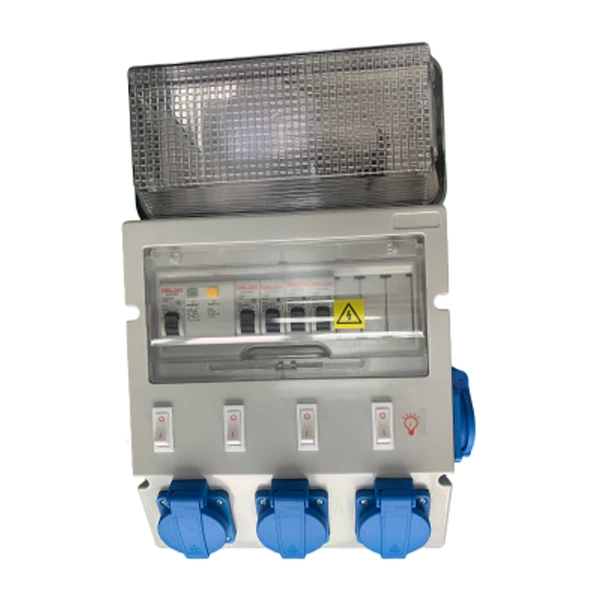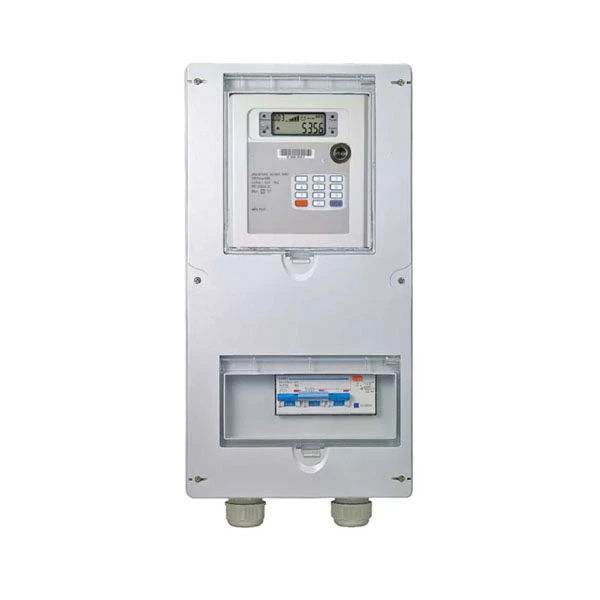Design Tool For Rural Lighting Electrical Ready Board Online Calculation Of Load And Line Planning
Scientific design of lighting electrical ready boards is a key link in ensuring power supply safety and reducing losses in rural power grid renovation and modernization construction. The following tools combine load calculation and line planning to provide intelligent solutions for rural electrical ready board design:
1、 Load online calculation module
Calculation of single-phase/three-phase mixed load
The tool supports mixed calculation of single-phase (such as lighting, sockets) and three-phase (such as motors, pumps) loads. When the total capacity of single-phase load exceeds 15% of three-phase load, it is automatically converted into equivalent three-phase load (taking 3 times the maximum single-phase capacity), and then added to the three-phase load to ensure calculation accuracy. For example, a certain electrical ready board has a single-phase load of 10kW and a three-phase load of 50kW. Since 10/50=20%>15%, the system automatically equates the single-phase load to 15kW, and the total capacity is calculated as 65kW.
Optimization of demand factor and power factor
Built in demand factor (Kx) and power factor (COS) databases, covering scenarios such as rural lighting and agricultural processing. After the user inputs the device power, the tool automatically matches the parameters and calculates the actual load (Pjs=Pe × Kx × COS φ) to avoid the phenomenon of "big horse pulling small car". For example, if the lighting load of a certain village is Pe=50kW, Kx is set to 0.8, and COS φ is set to 0.85, then Pjs=34kW, guiding the selection of transformer capacity.
2、 Intelligent Line Planning Module
Path optimization algorithm
Based on GIS data, the tool can plan the shortest power supply path, reduce corners and crossings, and lower line losses. For example, in a village where the load center is 1.2km away from the transformer, the tool optimizes the path length to 0.9km through algorithms, resulting in an annual energy savings of approximately 15%.
Automatic selection of wire cross-section
Based on the load current (Ijs=Pjs/√ 3 × U × COS φ) and mechanical strength requirements, we recommend the wire cross-section. For example, when calculating a current of 50A, the system recommends using 16mm ² copper core wires to meet the heating and voltage drop standards.




